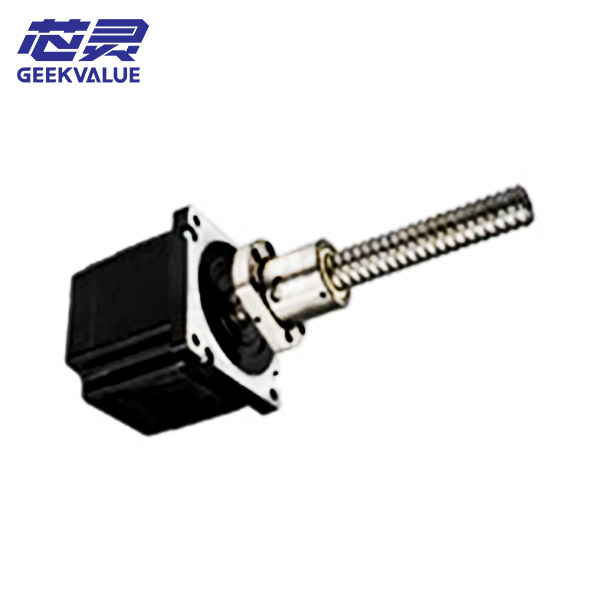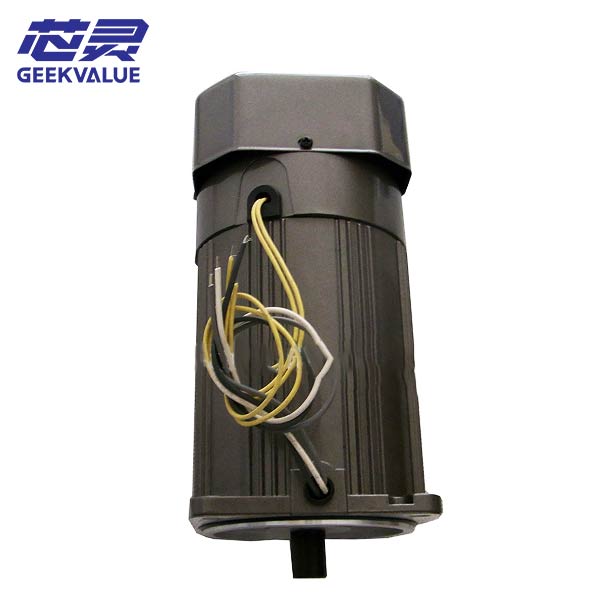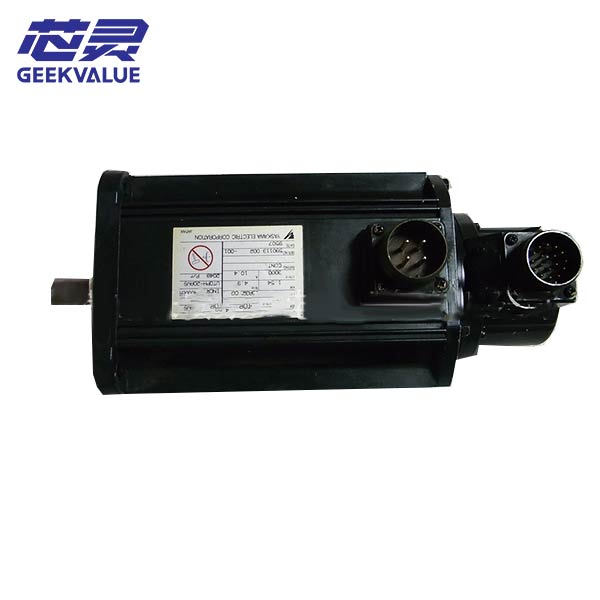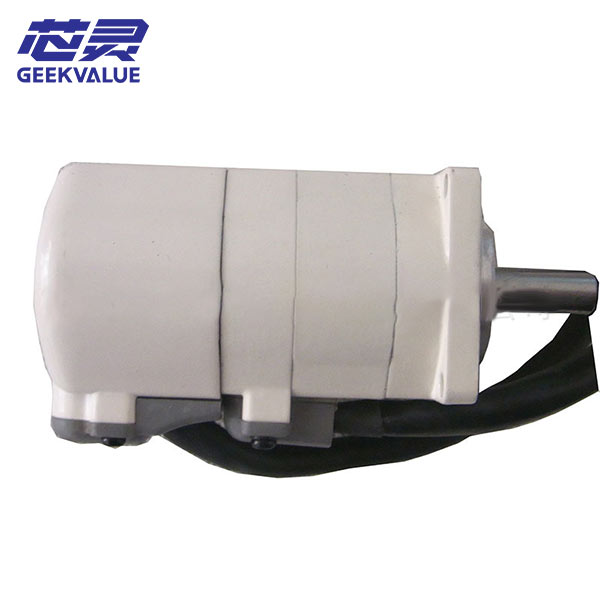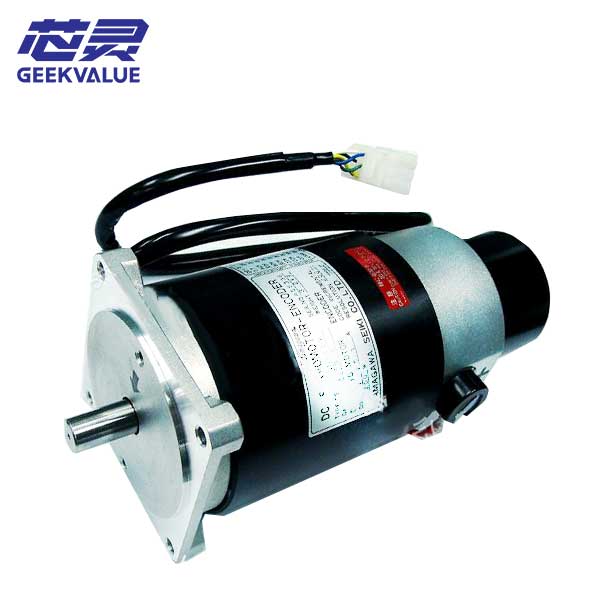Le funzioni e gli effetti dei motori servo a vite passo-passo includono principalmente i seguenti aspetti:
Controllo preciso: il motore servo a vite passo-passo riceve segnali di impulsi elettrici, converte gli impulsi elettrici in movimento a passo e controlla il numero e la frequenza degli impulsi per ottenere un controllo preciso dell'angolo di rotazione del motore e della velocità. Questo metodo di controllo fa sì che il motore servo a vite passo-passo funzioni bene in situazioni in cui sono richiesti posizionamento ad alta precisione e controllo della velocità.
Alta precisione e alta risposta: il motore servo a vite passo-passo ha le caratteristiche di alta precisione e alta risposta, ed è adatto per situazioni che richiedono una risposta rapida e un controllo ad alta precisione. Ad esempio, nei campi dei robot, delle macchine utensili CNC, delle apparecchiature di imballaggio, ecc., i motori servo a vite passo-passo possono ottenere un controllo preciso della posizione, della velocità e dell'accelerazione degli oggetti.
Scenari di applicazione multipli: i motori servo a vite passo-passo sono ampiamente utilizzati in molti campi. Nell'automazione industriale, sono spesso utilizzati in robot, linee di produzione, ecc.; negli strumenti di precisione, apparecchiature per semiconduttori, apparecchiature mediche e altri campi, le caratteristiche di alta precisione e bassa rumorosità dei motori servo a vite passo-passo lo rendono una scelta ideale; nei veicoli a nuova energia, le sue caratteristiche di alta efficienza e risparmio energetico lo rendono anche la scelta preferita dei sistemi di azionamento.
Capacità di autobloccaggio: il motore a vite servo passo-passo ha una capacità di autobloccaggio. Quando l'impulso di controllo smette di essere immesso, il motore può rimanere in una posizione fissa, il che è molto utile per le occasioni in cui è necessario mantenere una posizione fissa. Principio di funzionamento: il principio di funzionamento del motore a vite servo passo-passo è quello di azionare il motore per ruotare controllando il segnale a impulsi. Per ogni impulso di ingresso, il motore ruota di un angolo fisso (chiamato "angolo di passo"). Controllando il numero e la frequenza degli impulsi, l'angolo di rotazione e la velocità del motore possono essere controllati con precisione. In sintesi, il motore a vite servo passo-passo svolge un ruolo importante in molti campi con la sua elevata precisione, elevata risposta, capacità di autobloccaggio e altre caratteristiche, in particolare nei sistemi di automazione che richiedono un controllo preciso e una risposta rapida.
